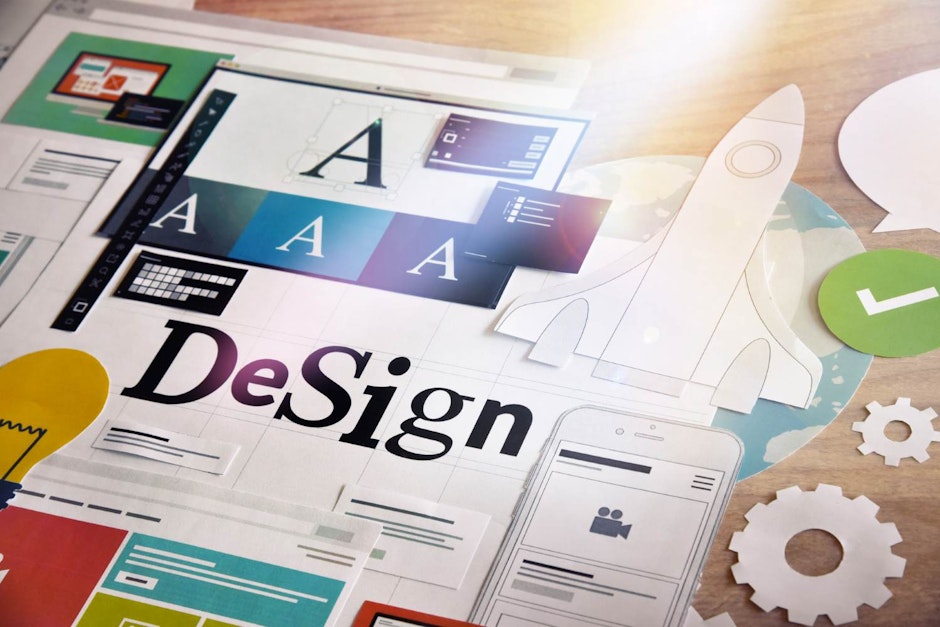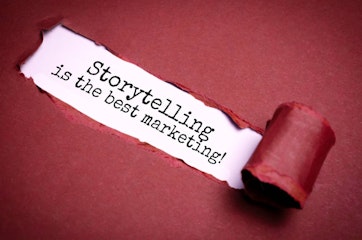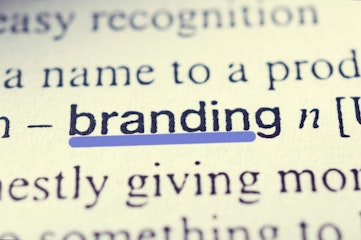“Marketing collateral” sounds like one of those corporate terms that could mean almost anything. In reality, it’s far simpler: collateral is the collection of materials your business uses to communicate its message. Think of it as your brand’s toolkit. Flyers, brochures, banners, case studies, digital ads - these are all collateral.
But while the definition might be straightforward, understanding how to use collateral effectively takes more thought. Not all pieces serve the same purpose. Some inform. Some persuade. Some build trust quietly in the background. Together, they form the fabric of your brand’s presence.
So, what is marketing collateral really about - and how can you make sure yours works hard for your business?
What Is Marketing Collateral?
At its core, marketing collateral is any branded material created to support your sales and marketing efforts. It helps tell your story, showcase your products or services, and guide customers along their decision-making journey.
That could mean printed items, such as business cards and brochures. It could also mean digital assets, such as e-books, infographics, and email templates. Even physical displays - like lightweight pull-up design for quick setup banners - fall under the umbrella.
If it communicates your brand and helps a customer understand, trust, or choose you, it’s collateral.
Why It Matters
Think of collateral as the bridge between your brand and your audience. It shapes how people perceive you. Done well, it’s not just information - it’s reassurance, authority, and persuasion all rolled into one.
Without collateral, you risk leaving gaps in your communication. A website might attract attention, but without follow-up brochures, presentations, or case studies, prospects can lose interest. Offline, an event stand might grab attention, but without clear signage or handouts, people may walk away without remembering your name.
Collateral ensures the conversation continues beyond that first point of contact.
Types of Marketing Collateral
There’s no single template, but here are the main categories most businesses use:
1. Print Materials
Brochures and catalogues: Useful for showcasing product ranges or detailed services.
Flyers and leaflets: Short, sharp, and cost-effective for local distribution.
Business cards: Still a staple in networking settings.
2. Digital Collateral
Websites: Your digital shop window.
Social media assets: Graphics, videos, and posts designed for engagement.
E-books and whitepapers: Longer-form content that builds authority.
Email templates: Branded communication for consistent outreach.
3. Sales Support Tools
Case studies: Demonstrating real-world results.
Product sheets: Concise information for prospects comparing options.
Presentations: Supporting sales pitches or events.
4. Event Collateral
Exhibition stands: Commanding attention in crowded spaces.
Banners and posters: Making a brand visible instantly.
Merchandise: Pens, tote bags, or giveaways that extend brand recall.
The Role of Design

Collateral isn’t just about content - it’s about how that content looks. Consistent design builds recognition. Colours, fonts, and imagery should align across all pieces, creating a seamless brand experience whether someone picks up a flyer or browses your social media.
That doesn’t mean every piece has to look identical. Instead, they should feel like they belong to the same family. Think variations on a theme, not carbon copies.
Tailoring to the Audience
One common mistake is treating all collateral the same. A trade show banner isn’t the same as a downloadable guide. Each should be designed with the audience and context in mind.
Ask yourself:
What’s the goal? (Awareness, conversion, education?)
Who will see it? (Existing customers, prospects, or passers-by?)
Where will it be used? (Online, in print, at events?)
Clear answers to these questions will shape not only the content but also the format.
Balancing Print and Digital
In today’s world, digital often takes priority - but print and physical collateral still hold enormous value. A brochure can be read at leisure, an exhibition display creates presence, and business cards remain practical in face-to-face meetings.
The best strategies combine both. Online materials drive reach and flexibility. Print materials provide tangibility and credibility. Together, they strengthen brand recognition and recall.
Measuring Effectiveness
Not all collateral has to directly generate sales to be effective. A banner might not convert immediately, but it builds awareness. A case study may not win every prospect, but it strengthens trust.
That said, tracking impact is still important. Digital tools make this easier - QR codes, unique landing pages, or analytics linked to downloads can help measure engagement. Offline, feedback from sales teams and customer conversations can indicate whether materials resonate.
Common Pitfalls
It’s easy to produce collateral for the sake of it. But without strategy, it risks becoming clutter. Some pitfalls include:
Inconsistency: Mixed design or tone across different materials.
Overload: Trying to cram too much information into a single piece.
Neglect: Allowing materials to go out of date, which damages credibility.
The solution? Quality over quantity, and regular reviews to keep everything fresh and accurate.
Final Thoughts
Marketing collateral might sound like background detail, but it’s central to how your brand communicates. From brochures to banners, case studies to social media posts, these are the tools that carry your story to customers - whether online or offline.
Done right, collateral doesn’t just inform. It builds trust, creates recognition, and supports sales at every stage. Done poorly, it risks confusing or alienating your audience.
Investing in thoughtful, consistent collateral is one of the simplest but most effective steps you can take for long-term growth.








